Mountain Bike Pack Essentials: What to carry on the trail
Learn about the best mountain bike pack essentials to carry with you on every ride to ensure trailside fixes, safety, comfort, and more.
You’re out on the trail, miles away from your car, with no cell service, and you get a flat. Do you have the mountain bike pack essentials to repair it or are you doomed for a several-hour hike-a-bike back to the trailhead? How about a spare derailleur hanger to keep your shifting working smoothly or a multi-tool to fix a loose bolt?
Having a well-stocked pack filled with a few key items can rescue you from misery on the trail and it might even save you from a more serious situation.
But what are these essentials exactly? If you’re just starting out as a mountain biker, you might not know what the important things to include in your pack are. That’s ok! I’m here to help. In this post, I’ve rounded up what tools to take mountain biking as well as a few additional pieces of gear that I like to always take with me on longer and bigger backcountry adventures. You won’t need them until you do, so it’s best to always be prepared.
Ready to hit the trails? Learn what to take mountain biking including essential tools, you should carry with you on every ride plus a few good-to-have items for longer adventures.
What tools to take mountain biking
1. A Multi-Tool
I love a good multi-tool. They have saved me countless times on the trail when I’ve needed to tighten bolts, adjust my rear derailleur, fix a broken chain, or do other trailside quick fixes. If you only carry one tool with you on a mountain bike ride, let it be a multi-tool.
A good multi-tool, like the Crank Brothers Multi-19, will have at least a chain breaker, a Torx T25, and 2 through 8 mm hex wrenches (Allen keys). These are the basic tools you should need for most trailside fixes.
More complete tools will have both types of screwdriver heads, pliers, a wire cutter, and other various tools.
Multi-tools are needed for:
- Tightening loose bolts
- Adjusting seat height and saddle position
- Adjusting the position of shifters and brakes
- Fixing a broken chain
- Replacing a bent or broken derailleur hanger
- Pretty much every other ‘fix’
2. A Hand Pump
Whether you forgot to check tire pressure before you hit the trail or you got a flat and need to pump up the new tube, a hand pump is a non-negotiable tool to carry with you on a mountain bike ride.
Most hand pumps work with both valve types – Schrader and Presta – but double-check your valve stem to make sure the one you buy will work with your bike.
Some hand pumps are compatible with CO2 cartridges, which makes fixing flats super quick and easy. However, CO2 cartridges can get expensive if you use a lot of them, so it’s nice to have the choice to pump up tires manually or inflate quickly with a dose of CO2.
The Lezyne Pressure Drive CFH is a really great hand pump that is compatible with CO2 cartridges or can be used manually.
Hand Pumps are needed for:
- Fixing a flat on the trail
- Adjusting tire pressure
3. Tubeless Tire Plug Kit
If you have tubeless tires on your bike, then it’s a really good idea to carry a tubeless tire plug kit. When inserted into a puncture in your tire, tire plugs seal up holes in seconds and they can even hold for the life of your tire. Meaning, carrying inner tubes are a thing of the past!
These tire plugs are basically sticky strips that you push into the puncture with a push pin. The Tubeless Tackle Kit is one of my favorites because it includes plug strips, a push pin, extra valve cores, and a valve core tightener on the bottom.
In order for tire plugs to work, you do need sealant in your tires. Fresh sealant should be added every couple of months. Learn more about basic mountain bike maintenance here.
Note: A lot of tubeless plug kits are designed to fit inside the ends of your handlebars. For some people, this is what they’re looking but for others, it’s not. Doublecheck before you buy to make sure you’re getting what you want.
Plug Kits are needed for:
- Plugging up a hole in your tire
- Tightening a valve core
- Removing a valve core
4. Master Chain Link
While not super common, chains can break on the trail and unless you have a master link (and a multi-tool with a chain breaker like the Crank Brothers Multi-Tool above), you’re out of luck. Master links are small, very lightweight and a ride-saver if you ever need one.
Note: Master links, also called quick links, are drivetrain specific, so make sure you know whether you have a 12-speed, 11-speed, Sram, or Shimano or something else entirely.
Master Links are needed for:
- Fixing a broken chain
- Transforming a bike into a single speed if the derailleur is broken (not all bikes can do this)
5. Zip Ties
Zip ties are like duct tape. They can be used for so many different things and having a couple in your pack can lead to a swift mountain bike hack.
Zip ties can be used to secure errant cables, temporarily replace bolts or take the place of a broken shoelace, among many other creative uses. I always have a few zip ties in my pack for quick fixes.
Mountain Bike Pack Essentials For longer rides
The five mountain bike pack essentials listed above are what I consider the necessities. I carry them with me on almost every ride and for the most part, they never leave my backpack.
However, sometimes it’s good to be even more prepared, especially if you’re heading out on a longer or more rugged, backcountry ride. Below are a few “good-to-have’s” for these types of rides.
Longer Ride Essentials
First Aid Kit
Even if it’s just a few bandaids, some antiseptic wipes, and sterile gauze, it’s better than nothing. Learn more about what to put in your mountain bike first aid kit in this post.
Spare Derailleur Hanger
A spare derailleur hanger can save you from a long walk back to the car. Derailleur hangers are bike & brand specific so make sure you know which one to buy or check with your local bike shop to find out.
Spare Tube
Tire plugs usually do a great job patching up a puncture, but sometimes the hole is too big or you’ve already flatted and you’re out of plugs, in which case you’ll need to put in a spare tube. A 27.5″ x 2.5-3.0 tube will work for most bikes in a pinch regardless of tire size.
Tire levers
Tire plugs usually do a great job patching up a puncture, but sometimes the hole is too big or you’ve already flatted and you’re out of plugs, in which case you’ll need to put in a spare tube. A 27.5″ x 2.5-3.0 tube will work for most bikes in a pinch regardless of tire size.
Chain Lube
It’s a good idea to bring a small bottle of chain lube with you on longer or more dusty rides to prevent the obnoxious squeal and keep your drivetrain happy. My go-to chain lube is Rock n Roll Gold
Tire Sealant
If you run tubeless tires on your bike and you get a minor flat but it’s not sealing, sometimes a little injection of tire sealant can speed things up. Not always, but sometimes (which is why you should always carry tire plugs).
Shock pump
It’s a good idea to carry a shock pump if you are riding a new (or new to you) bike and haven’t gotten the suspension dialed in yet.
Spare brake pads
Bringing an extra pair is a good idea, especially if the ones currently installed are getting down there and you’re headed out for a big ride. Brake pads are specific to brakes. Make sure you know which ones to buy (ex. Sram or Shimano) and what kind of pad you prefer (ex. metallic vs resin).
Lightweight Jacket
I’ve gone out for a ride with the sun shining and the temps in the 70s and ended with rain, cold wind, and frozen fingers. Having a lightweight jacket like the Patagonia Houdini in your pack can be a lifesaver for those days when the weather just does freaky things. (Men’s version here).
Bike light
If you’re headed out for an all-day adventure, I recommend packing either a headlamp or a bike light that can be mounted on your handlebars. Bike lights can also act as an SOS signal.
How to carry your tools & Gear
When it comes to carrying your mountain bike pack essentials, there are a number of options. It’s important to remember, though, that there is no ‘one’ right way to carry your gear, it really comes down to personal preference.
Here are a few popular options:
- A hydration backpack (my personal preference)
- A fanny pack like the Dakine Hot Laps
- A top tube bag like the Rouge Panda Alamo
- A saddle bag like the Ortlieb Micro 2
I hope this list helps you plan and prepare for many mishap-free days in the saddle!
What are your mountain bike pack essentials and how do you carry them? What tools or gear did I miss? Leave a comment below!
Pin it for later!
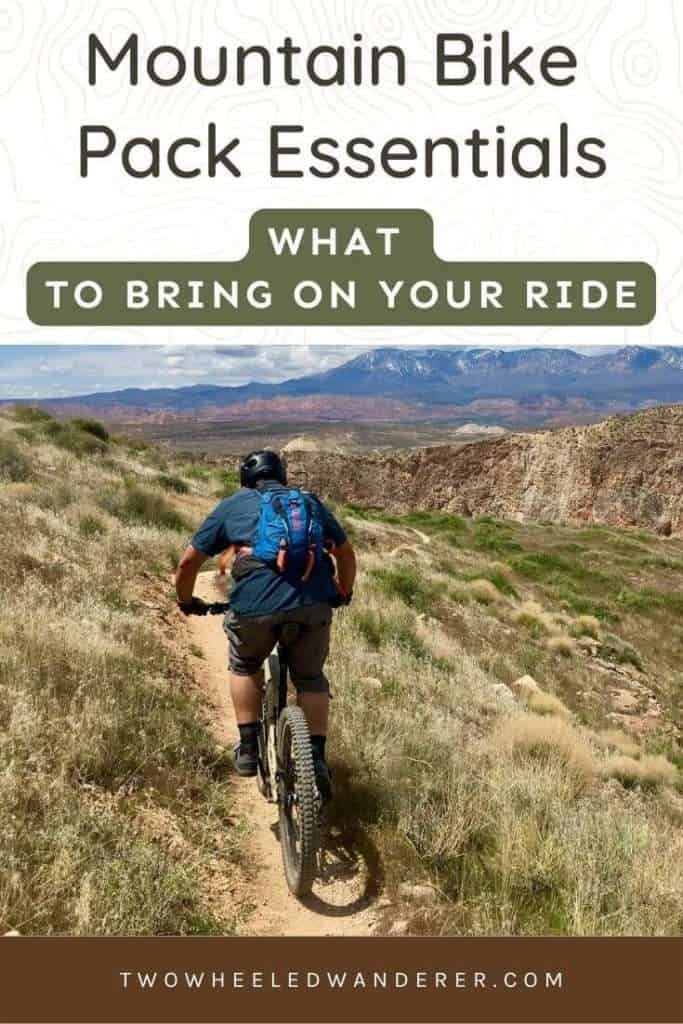

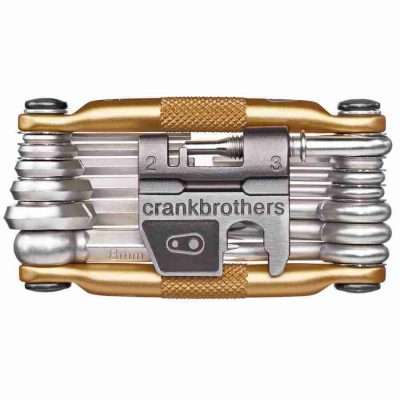
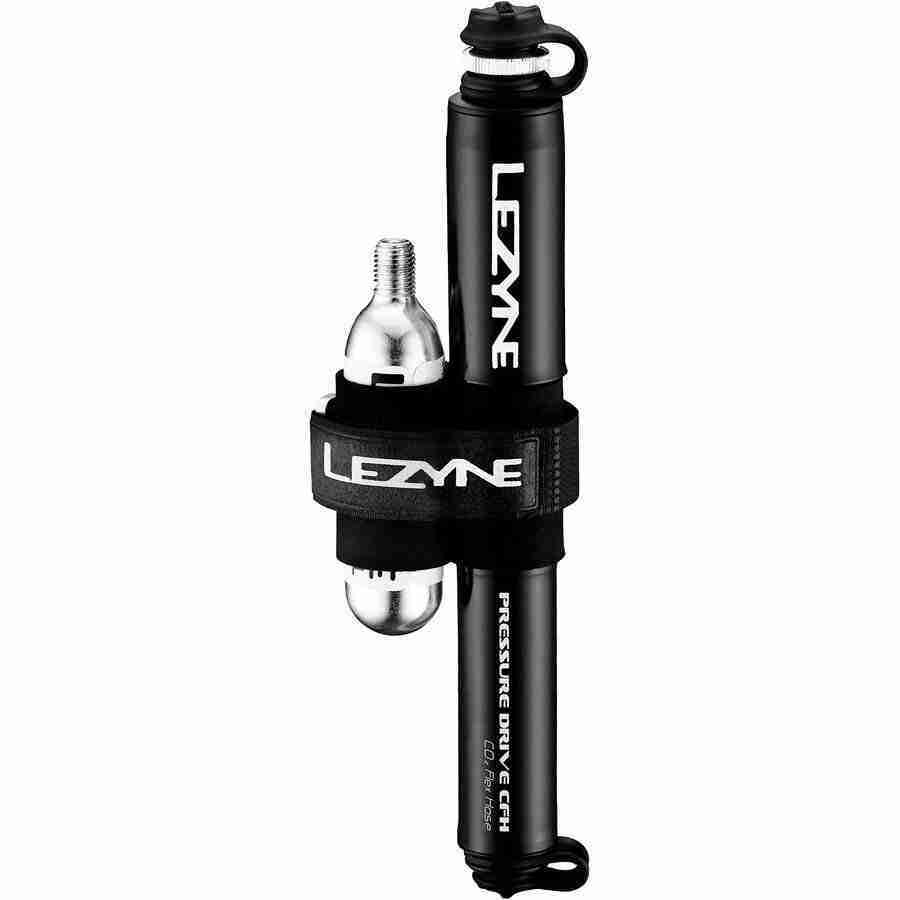
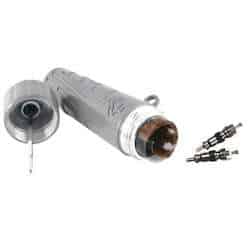
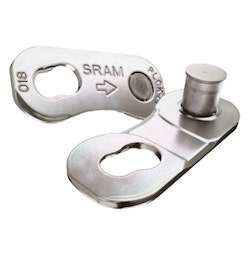
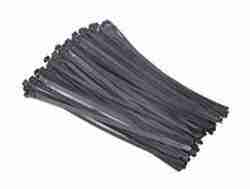
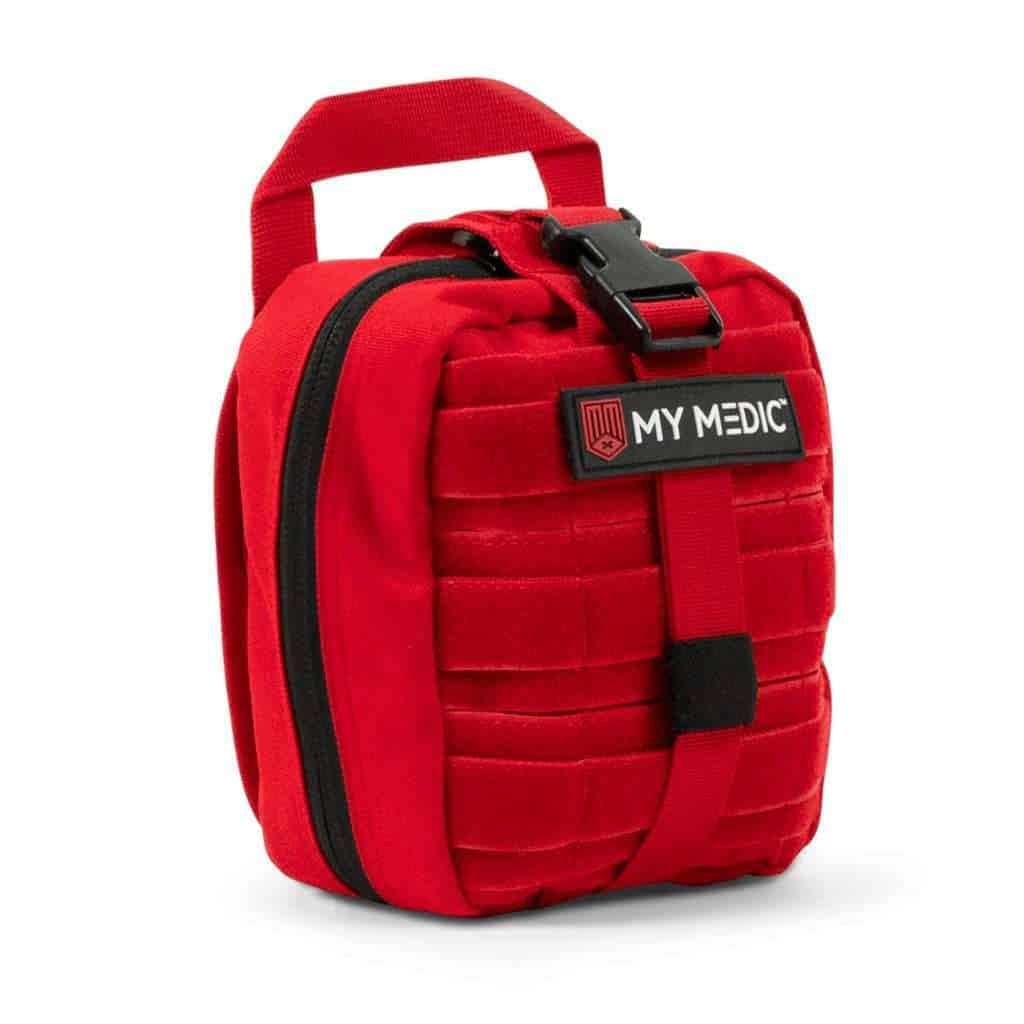
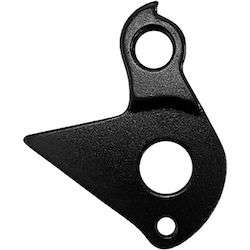
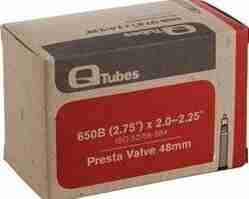
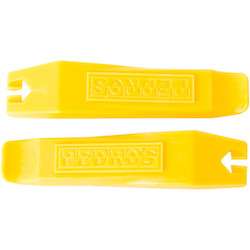
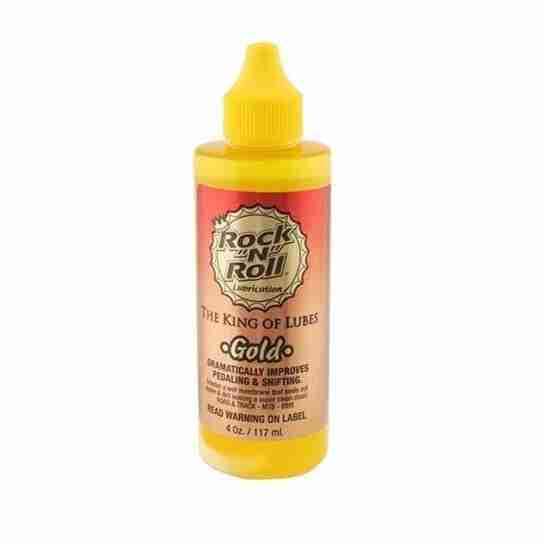
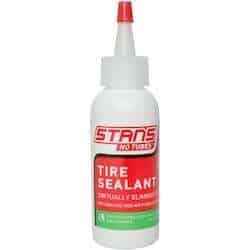
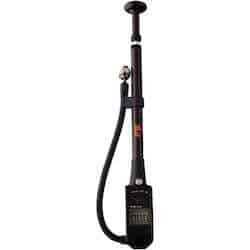
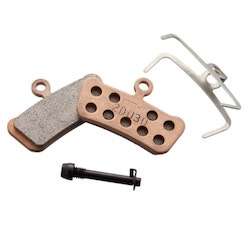
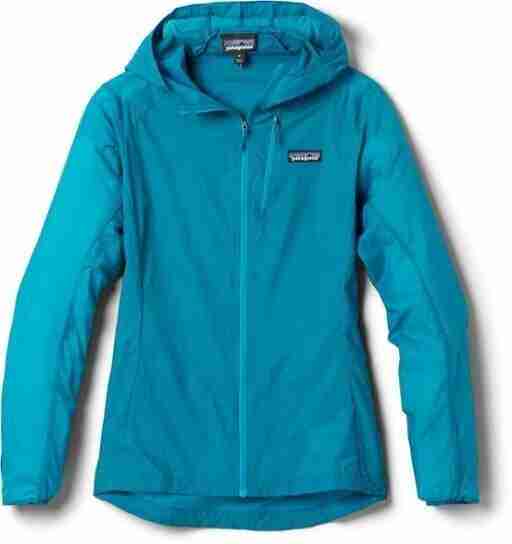
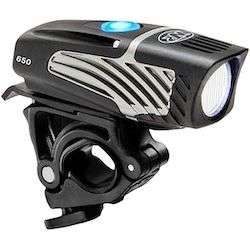
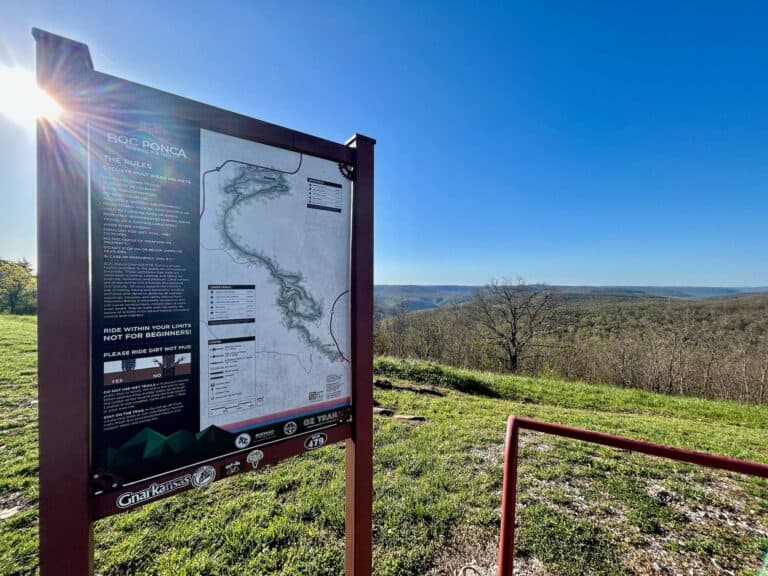
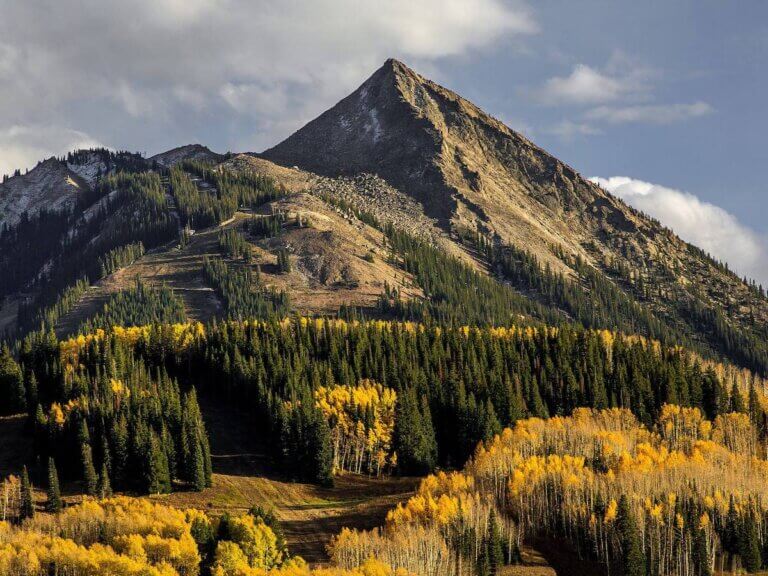
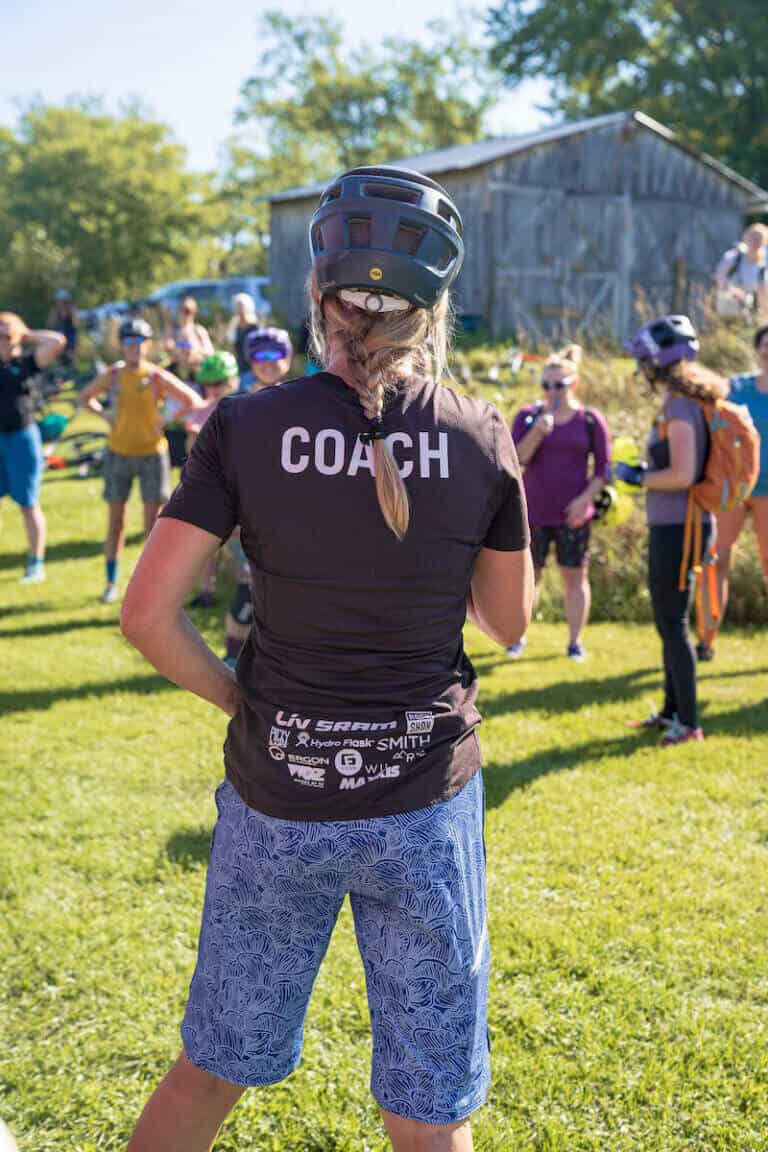
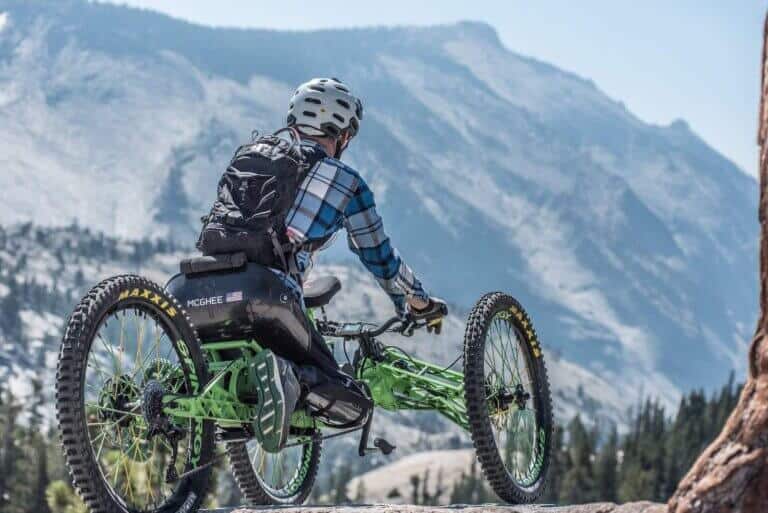
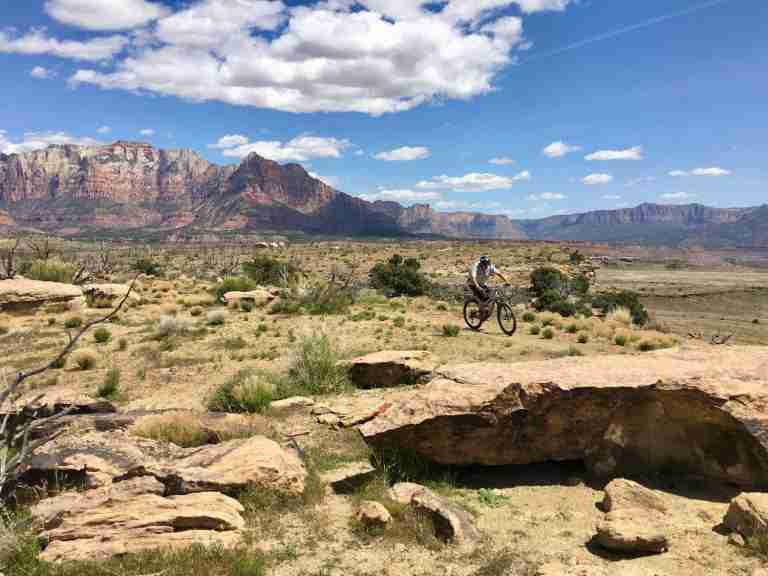

I love hearing from you and appreciate your comments! However, if you leave a rude, unconstructive, or spammy comment, it will be deleted. It’s cool to be kind. Have an awesome day!